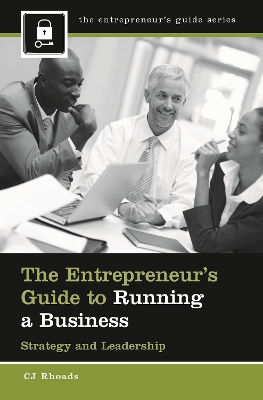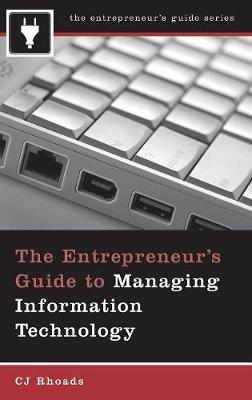Entrepreneur's Guide
2 total works
Software. Hardware. Networks. Wireless. Entrepreneurs face a bewildering array of choices and decisions when it comes to incorporating technology into the fabric of their businesses. Yet nothing could be more important these days. Aligning information technology (IT) with business strategy is essential to meet and beat the competition. As business strategy and technology expert CJ Rhoads shows, managing information technology effectively is an essential skill that all entrepreneurs must develop, just as they develop skills in sales or finance. However, due to the immaturity of the IT industry, making good decisions about information technology is very difficult. Reliable and unbiased information is hard to find, and technical people are often unable to convey information in a way that makes sense to entrepreneurs. The Entrepreneur's Guide to Managing Information Technology to the rescue!
Reading this book could mean the difference between having reliable, effective systems that help your business flourish—or stumbling into hidden sink holes that drain employee motivation and hack away at profits. In addition to helping you level the playing field with technology salespeople hawking everything from handheld devices to complex networks, Rhoads answers the following questions:
How do I get the promised benefits of information technology?
How do I avoid the risks?
How do I plan for the information technology that I will need as the business grows?
How do I choose wisely from the plethora of platforms, products, and services that are available?
How do I avoid wasting money on technology that won't work for me?
How do I implement and coordinate technology so that it runs smoothly?
How do I manage the people, processes, and systems for the best value?
Understanding the answers to these questions and putting them to work could mean the difference between success and failure in any entrepreneurial venture. Readers will learn to recognize hype when they see it, and they will focus on how to profit the most from IT. At the very least, readers will avoid thousands of dollars in lost costs by avoiding risky technology projects. The knowledge contained in this book separates the winners from the whiners in the quest to better employ information technology. Which would you like to be?

